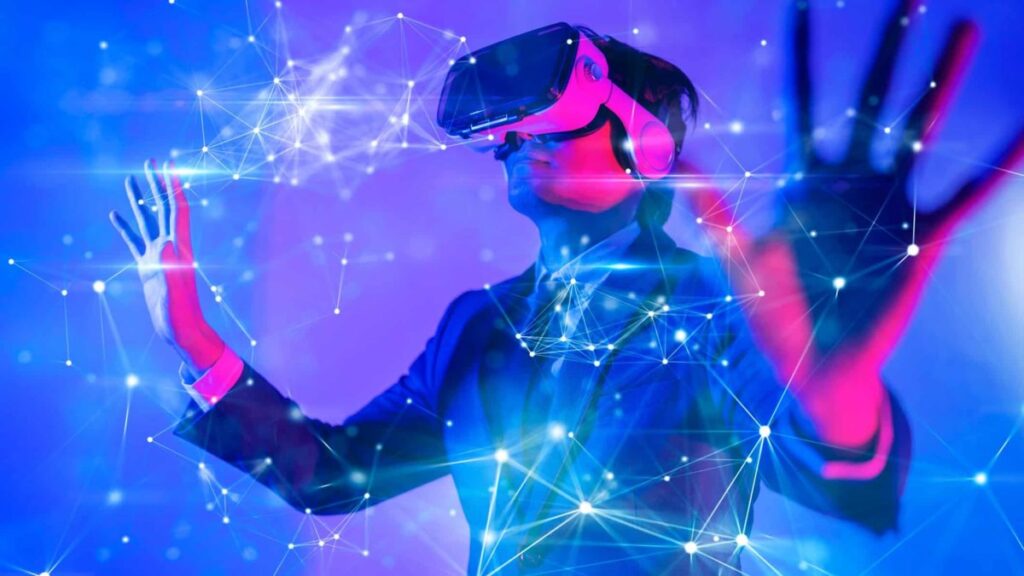
In recent years, virtual reality (you could try these out) technology has transcended its initial applications in gaming and entertainment to make significant strides into the realm of education. This transformative technology offers immersive experiences that can revolutionize how students learn and engage with educational content. From elementary schools to universities, educators are increasingly integrating VR into their curriculum to provide students with enriched learning opportunities that go beyond traditional teaching methods.
One of the primary advantages of VR in education is its ability to create realistic and interactive environments that simulate real-world experiences. For example, students studying ancient history can virtually explore ancient civilizations, walk through historical landmarks, and interact with virtual artifacts in ways that textbooks or videos cannot replicate. This immersive approach not only enhances comprehension but also fosters a deeper connection and interest in the subject matter.
Educators can develop customized VR modules that cater to different learning styles and abilities, ensuring that each student receives the support and resources they need to succeed. Whether it’s through interactive simulations, virtual laboratories, or collaborative projects, VR enables a more dynamic and inclusive learning environment.
Beyond traditional subjects, VR is also making waves in specialized fields such as medical training and STEM education. Medical students, for instance, can practice surgical procedures in a risk-free virtual environment, honing their skills and confidence before stepping into an actual operating room. In STEM disciplines, VR simulations can illustrate complex scientific concepts, such as molecular structures or astronomical phenomena, making abstract theories more tangible and easier to grasp.
Moreover, VR has the potential to democratize education by overcoming geographical barriers. Students in remote areas or underserved communities can access high-quality educational resources and experiences through VR, bridging the gap between urban and rural education systems. This accessibility is particularly significant in global contexts where educational opportunities may be limited or unevenly distributed.
you could try these out, Critically educators are mindful of integrating VR in ways that complement rather than replace traditional teaching methods. While VR can enhance engagement and retention, it is most effective when used in conjunction with other instructional strategies. For example, a history lesson may begin with VR exploration of a historical site, followed by classroom discussions and activities that deepen understanding and encourage critical thinking.
Despite its potential, the widespread adoption of VR in education faces challenges such as cost, technological infrastructure, and concerns about excessive screen time. Implementing VR requires investment in equipment and software, as well as ongoing training for educators to effectively integrate this technology into their teaching practices. Additionally, ensuring equitable access to VR technology remains a priority to prevent further disparities in educational outcomes.
Looking ahead, the future of VR in education is promising as advancements continue to improve affordability, accessibility, and content quality. Innovations in augmented reality (AR) and mixed reality (MR) are expanding the possibilities for immersive learning experiences, offering even greater opportunities for interactive education.
In conclusion, virtual reality represents a transformative tool that has the potential to reshape the landscape of education. By providing immersive and interactive learning experiences, VR can engage students in ways that traditional methods cannot, fostering curiosity, creativity, and deeper understanding. While challenges remain, the ongoing development and integration of VR technology hold tremendous promise for enhancing education and preparing students for the complexities of the 21st-century world.


